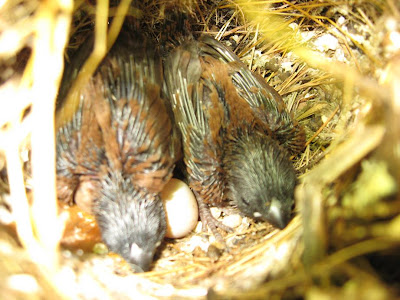 Shouting out in baritone key as he passes along, this itinerant vendor makes his rounds in our busy intersection during mornings on the weekend. Above the din and when carefully cocking one’s ears in his direction, people can actually make out his shouts of taho!, the snack food product he is hawking.
Shouting out in baritone key as he passes along, this itinerant vendor makes his rounds in our busy intersection during mornings on the weekend. Above the din and when carefully cocking one’s ears in his direction, people can actually make out his shouts of taho!, the snack food product he is hawking. Slung on one shoulder is a pole typically made of resilient bamboo where two stainless-steel deep and large-mouthed containers are balanced at its ends. One can contains the taho itself and the other the ingredients needed to complete this soupish snack food.
But what is taho?
Classified as one popular street food:
Tahô is a Philippine snack food made of fresh soft/silken tofu, arnibal (brown sugar and vanilla syrup), and pearl sago (similar to pearl tapioca).[2] This staple comfort food is a signature sweet and can be found all over the country. The Indonesian and Malaysian equivalent of this dish is Tahu.[3]
And tofu?
Tofu (豆腐), also tōfu (the Japanese Romaji spelling), doufu (the Chinese Pinyin spelling), toufu, or bean curd (the literal translation), is a food of Chinese origin,[1] made by coagulating soy milk, and then pressing the resulting curds into blocks. There are many different varieties of tofu, including fresh tofu and tofu that has been processed in some way. Tofu has very little flavor or smell on its own, so it can be used either in savory or sweet dishes, and is often seasoned or marinated to suit thedish.




This particular morning, the next door neighbors answered the sonorous vendor’s pleas and asked for two orders. One order is for 10 pesos, served in a smallish plastic cup.
The vendor settles his burden on the side of the street and opens both containers. With a scraper, he gently shaves small thin slices of the taho and layers them in the cup, adds the other ingredients and tops it off with a little pour of condensed milk from an opened can.
After repeating the routine and having received his payment, the pole balancing act is ready to hit the road, preceded by his baritone shouts.
BTW, our little conversation yielded the following snippet: that he himself does not prepare the stuff but is simply consigned to him by the maker. Too much time and trouble in the preparation, he reasoned out.
Taho!














































